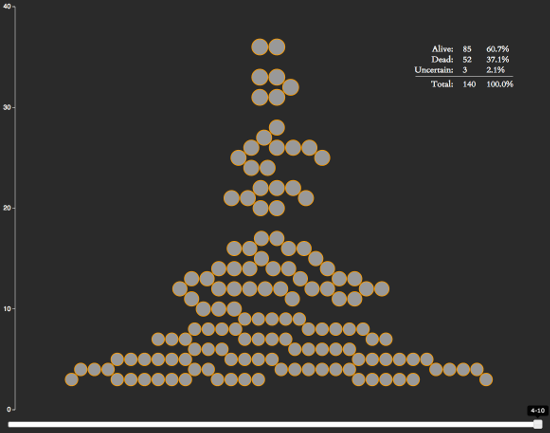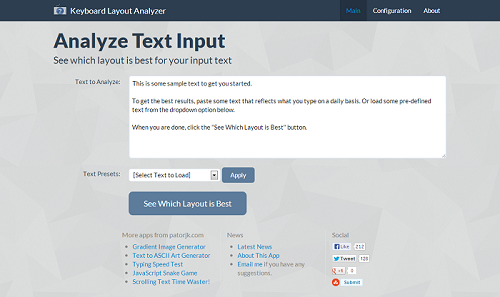It’s been a little quiet around here, but I haven’t forgotten about this place.
Around the start of October I started getting into photography. I had received a Nikon 5300 DSLR camera for Christmas last year, but it spent most of the year collecting dust. However, when the Autumn leaves started falling, I realized it was the perfect time to finally learn how to use the thing.
The Contest
Near the end of October I came across a newspaper article that detailed an amateur photography contest that Kinder Farm Park was holding. The park is run by the county and is 288 acres of forested areas, playgrounds, fields, and farm buildings. Upon finishing the article two thoughts were left running through my mind: I hadn’t realized large scale county parks were a thing, and there were only 3 days left until the competition was over – I needed to find this place and take some pictures.
I ended up making it to the park the day before the competition ended and ran around taking photos like a crazy person. Since it was a Thursday evening, I only had about an hour before it got too dark. I liked two of my photos enough to submit them, and to my delight, two weeks after the contest ended I got an email saying I had scored 2nd place in the People category for this pic:
Before I toot my own horn too much, there were only 9 entries in this category, so it’s not that big of a victory. The other 3 categories had 3 times as many entries, and last year there were a lot more entries, so I’m not sure what happened this year. I guess I got kind of lucky. However, I was still pretty thrilled. I even got interviewed by a local paper, which was kind of cool.
November-December
I’ve spent the past two months basically learning the in’s and out’s of photography (at the time of the contest I was taking all of my photos in auto mode). I resurrected my Flickr page, and was surprised to see that it was still a pretty cool place. Before coming back to Flickr, I briefly tried out Google+, and it was certainly very nice, but Google+ still seems like a ghost town. My belief is that it tried to be too many things (that’s a whole other topic though).
Anyway, I’m certainly not going to change this place into a photography site, but I think changing gears and learning about something new will help me bring more to the table when I finally do come back with some new content. This site is not going to go dormant though. I’ve also spent part of this past year as a technical reviewer for a new Packt Publishing book, so I’ve got an entry coming out about that, and there are a few other small things I’ve been working on, so I’ve got stuff in the pipe line for this site.
Photo Map
And lastly, after the Kinder Farm Park contest ended they released a gallery of all of the submissions. Since each pic listed the location where it was shot, I thought it might be fun to place them into a Google Maps map. If you’re bored you can check them out below.
Site Note: Some of these placements are guesses or approximations.





